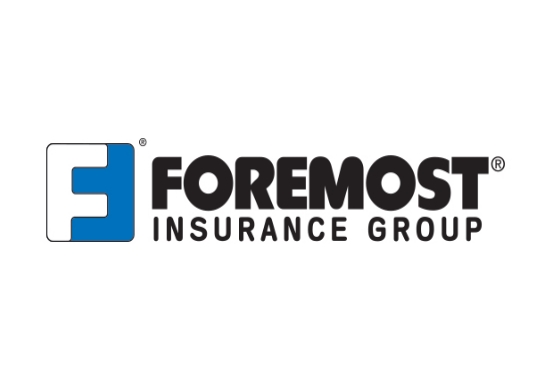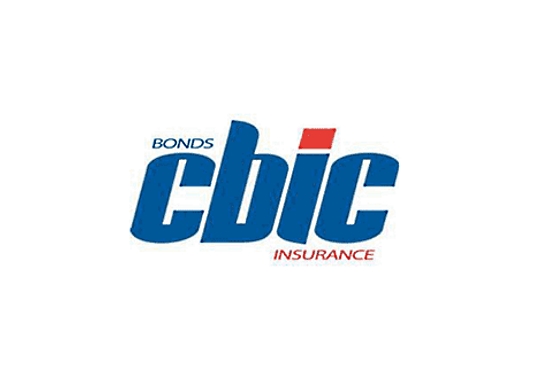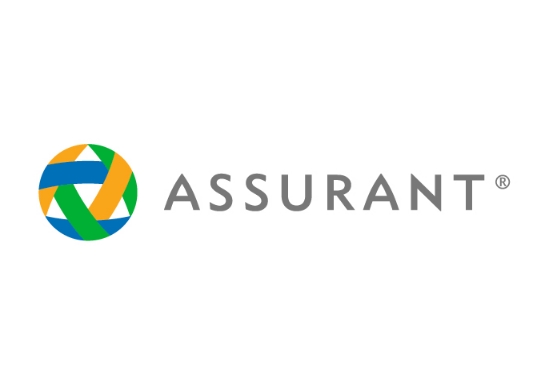How does coinsurance work?
Coinsurance is a cost-sharing feature in many insurance policies—typically health or property—where you pay a percentage of covered costs after your deductible is met. Knowing how it works helps you budget for out-of-pocket expenses and choose the right plan.
🟩 Quick Definition
Coinsurance is the percentage of a covered expense you pay after your deductible is met, such as you paying 20% and your insurer 80% of the allowed cost.
How Coinsurance Works in Practice
1. You Meet Your Deductible First
With many health plans, before coinsurance applies, you must pay your deductible. For example, if your deductible is $1,000, you pay covered expenses in full until you reach that amount.
2. Coinsurance Kicks In
Once the deductible is satisfied, you and the insurer share costs. For example, with 80/20 coinsurance, the insurer pays 80% of covered services and you pay 20%.
Example: A service costs $2,000, the plan’s allowed amount is $1,800, your share (20%) is $360, and the insurer pays $1,440.
3. Out-of-Pocket Maximum Applies
Your policy caps how much you pay in a year. Deductibles, coinsurance, and sometimes copays count toward that maximum. Once it’s reached, the insurer pays 100% of eligible costs for the rest of the period.
4. Coinsurance in Property or Business Insurance
In other types of insurance, coinsurance can also refer to clauses where you agree to insure your property for at least a percentage of its value (e.g., 80% of replacement cost). If you under-insure, you face a “coinsurance penalty” which reduces your payout in a claim.
Why It Matters
Plans with high coinsurance (you pay more) often have lower premiums, but you take on more risk.
Understanding coinsurance helps you anticipate your share: a 30% coinsurance means 30 % of allowed costs are your responsibility.
Knowing how your deductible, coinsurance rate, and out-of-pocket maximum interact lets you compare plans more effectively.
In property insurance, failing to meet the required coverage percentage triggers penalties and reduces claim payouts.
FAQs
Q1. What’s the difference between a copay and coinsurance?
A copay is a fixed dollar amount you pay for a service. Coinsurance is a percentage of the cost once your deductible is met.
Q2. Does coinsurance apply before I meet my deductible?
Usually no—coinsurance applies after your deductible is satisfied. Until then, you may pay full cost of covered services.
Q3. Can coinsurance rate vary for in-network vs out-of-network care?
Yes. In many health plans, coinsurance is lower for in-network providers and higher for out-of-network.
Q4. What does a “coinsurance penalty” mean in property insurance?
It means you didn’t insure your property to the required percentage of its value. If the clause is 90% and you insure only 70%, your claim payout is reduced proportionally.
Q5. How do I choose a tolerable coinsurance rate?
Consider how much risk you can accept. If you prefer predictability, choose a lower coinsurance in exchange for a higher premium.
Final Thoughts
Coinsurance is a critical concept whether you’re choosing health insurance or property coverage. It defines how much you pay versus your insurer and influences premiums and risk. Understand your deductible, coinsurance percentage and out-of-pocket max — this way you won’t be caught off-guard by a bill.
Need help comparing plans and understanding your coinsurance implications? Fill out the form below to get expert guidance and personalized insurance options tailored to your budget and needs.
Related Posts
Get a Right Insurance For You
SHARE THIS ARTICLE
We will compare quotes from trusted carriers for you and provide you with the best offer.
Protecting your future with us
Whatever your needs, give us a call, have you been told you can’t insure your risk, been turned down, or simply unhappy with your current insurance? Since 1995 we’ve been providing coverage to our customers, and helping people across United States.












